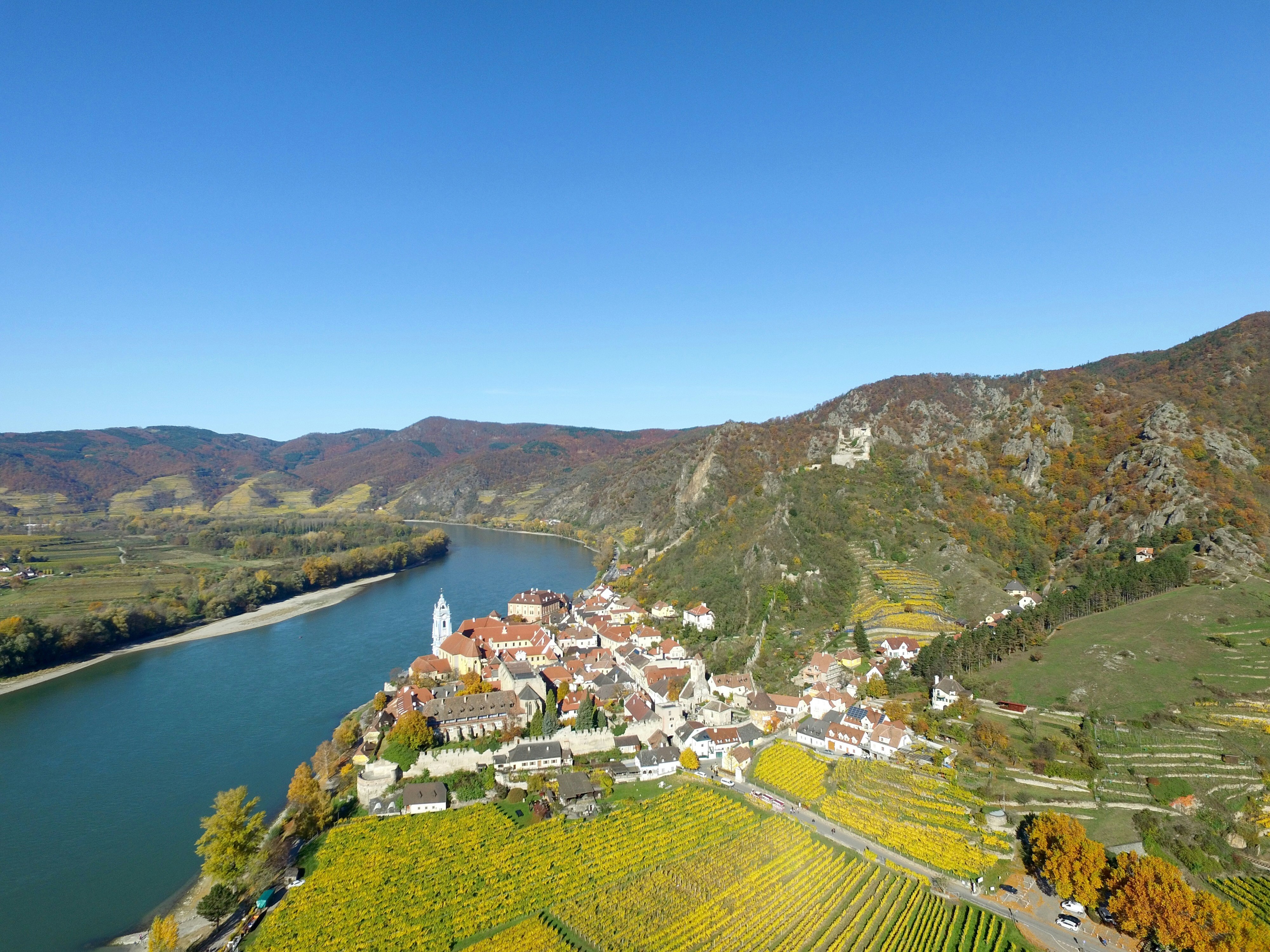Even the tiniest of towns can do good things for the environment and contribute to global efforts to fighting climate change. We usually cover big cities and their efforts of improving their relationship with the natural environment, so it’s worth looking at the other end of the scale. We’ve looked at a zero-waste town in Japan, a town banning bottled water, and way back in 2007 we looked at a town banning smoking around kids and another that was Europe’s first town to ban plastic bags. This all proves that no matter where you live you can make the world a better place and maybe you can get inspired by these villages.
Grist has collected recent examples of small towns making big change. Here’s one that decided to fight apathy:
Ashton Hayes, a small town in the British countryside, set out to be the country’s first carbon-neutral community in 2006. But instead of using policy to regulate emissions, the community-led initiative focused on changing residents’ behavior. The townspeople strung up clotheslines, took fewer flights, and improved the insulation in their homes, shrinking their total carbon footprint by 40 percent so far.
Garry Charnook, the villager who jumpstarted the town’s low-carbon quest, told the New York Times: “There’s so much apathy. We need to squeeze that layer of apathy jelly and get it out.†About 200 towns, cities, and counties from around the globe have reached out to the Ashton Hayes community to learn how, exactly, they squeezed their “apathy jelly†(what is that — a dessert?) and got to work.
Read about more towns making change.
Thanks Delaney!


